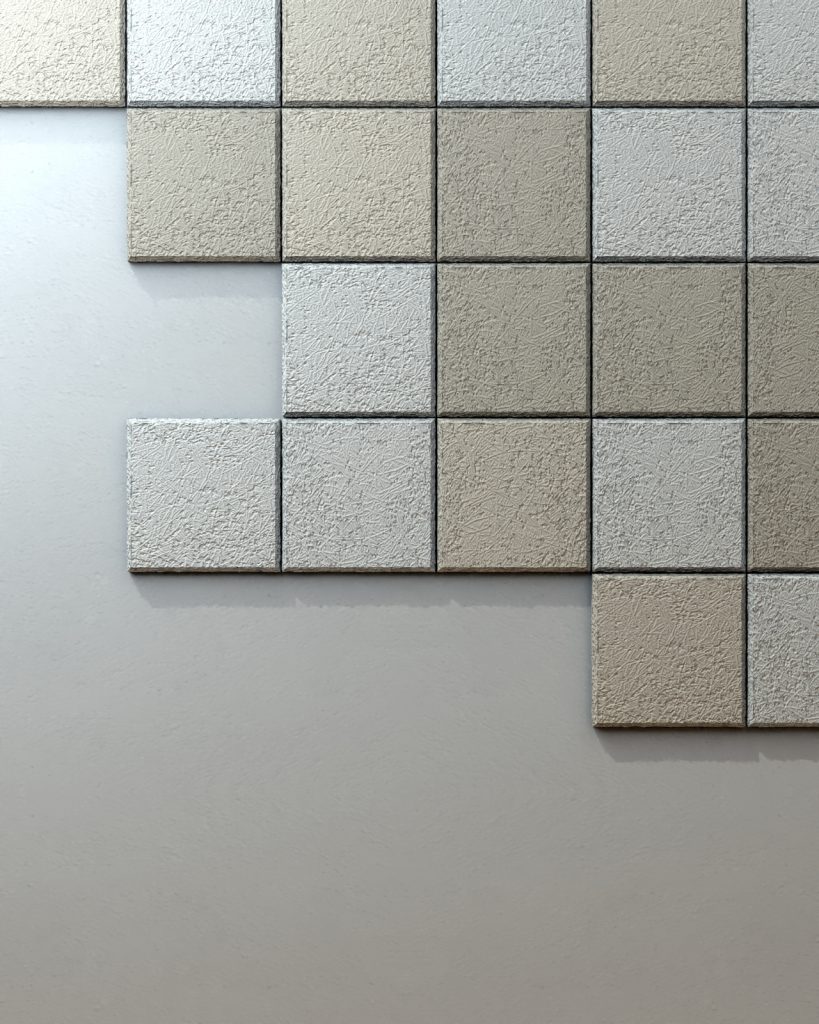
Enhancing Modular Construction with Wood Wool Panels
Thermal Insulation
Wood wool panels offer excellent thermal insulation properties, making them a valuable component in modular construction. These panels help maintain consistent indoor temperatures by reducing heat transfer, which is essential for energy-efficient building design¹. By integrating wood wool panels into modular units, construction companies can ensure that their structures meet high standards of energy efficiency, contributing to lower energy costs and improved occupant comfort².
Acoustic Performance
In modular construction, achieving optimal acoustic performance is crucial, especially in urban environments where noise pollution is a concern. Wood wool panels are known for their sound-absorbing capabilities, effectively reducing noise levels within buildings³. This makes them ideal for residential, commercial, and educational buildings where acoustic comfort is a priority. The use of wood wool panels in modular construction can significantly enhance the acoustic environment, providing a quieter and more comfortable indoor space⁴.

Sustainability and Environmental Impact
Eco-Friendly Materials
Wood wool panels are made from natural wood fibres and cement, both of which are renewable and sustainable resources. The production process of these panels is energy-efficient and generates minimal waste, aligning with the principles of sustainable construction⁵. By using wood wool panels, modular construction projects can reduce their environmental footprint and promote the use of eco-friendly building materials⁶.
Low VOC Emissions
Another significant advantage of wood wool panels is their low emission of volatile organic compounds (VOCs). This characteristic is particularly important in modular construction, where indoor air quality can be compromised by the off-gassing of conventional building materials. Wood wool panels contribute to healthier indoor environments by minimising VOC emissions, making them an excellent choice for green building projects⁷.

Applications in Modular Construction
Prefabricated Wall and Ceiling Panels
Wood wool panels are versatile and can be used in various prefabricated applications within modular construction. They are commonly employed as wall and ceiling panels, providing both thermal and acoustic benefits. The lightweight nature of wood wool panels makes them easy to handle and install, streamlining the prefabrication process and reducing construction time⁸.
External Cladding
In addition to interior applications, wood wool panels can also be used as external cladding for modular buildings. Their durability and resistance to weathering make them suitable for exterior use, enhancing the overall performance and aesthetic appeal of modular structures⁹. External cladding with wood wool panels can improve a building’s energy efficiency and provide a modern, natural look.
Integration with Modern Technologies
Smart Building Systems
The integration of wood wool panels with smart building systems is an emerging trend in modular construction. Smart systems can monitor and optimize indoor environmental conditions, enhancing the performance of wood wool panels¹⁰. This synergy between sustainable materials and advanced technologies represents the future of modular construction, where buildings are not only eco-friendly but also highly efficient and adaptable to changing conditions¹¹.
Future Innovations
Research and Development
Ongoing research and development in wood wool panel technology promise further advancements in their performance characteristics. Innovations may include improved moisture resistance, enhanced thermal properties, and greater customisation options for modular construction projects¹². These advancements will continue to support the use of wood wool panels in creating sustainable, high-performance modular buildings.

References
- Feist, W. (2015, April 30). Passive House Principles. Passive House Institute.
- Yates, A. (2001). Sustainable Building: The Environmental Performance of Buildings. BRE Press.
- Everest, F. A. (2001). Master Handbook of Acoustics. McGraw-Hill Education.
- U.S. Department of Energy. (2020, August 10). Energy Efficiency and Passive House Design. U.S. Department of Energy.
- Forest Stewardship Council. (2019, April 12). The Importance of Sustainable Forest Management. FSC International.
- Ellen MacArthur Foundation. (2021, April 5). Circular Economy and the Built Environment. Ellen MacArthur Foundation.
- U.S. Environmental Protection Agency. (2021, June 15). Improving Indoor Air Quality. U.S. Environmental Protection Agency.
- Architectural Digest. (2019, October 15). Design Flexibility with Wood Wool Panels. Architectural Digest.
- Building Research Establishment. (2018). Durability and Performance of Building Materials. BRE.
- Smith, P. F., & Green, M. (2017, February 10). Smart Building Systems and Passive House Integration. Elsevier.
- Material Innovations Institute. (2023, April 18). Advances in Wood Wool Panel Technology. Material Innovations Institute.
- McKinsey & Company. (2019, July 10). Artificial Intelligence: Implications for Sustainability. McKinsey & Company.
Share